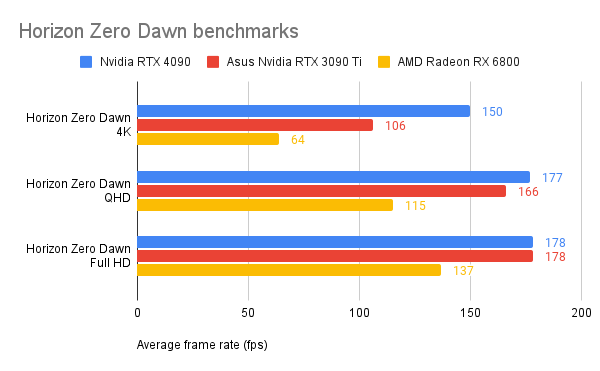The Truth About Game Benchmarks

When you are shopping for a new graphics card or CPU, benchmarks are often the first thing you look at. Review sites and YouTube channels are packed with performance charts, and even many games come with their own built-in benchmarks. These can be useful, but they do not always tell the whole story. As games become more complex and new technologies like frame generation and AI upscaling take hold, benchmarks can be more misleading than ever.
Why In-Game Benchmarks Exist
Many modern titles include built-in benchmarking tools. The idea is simple: run a fixed sequence of gameplay so you get repeatable results to compare one system against another. On the surface, this makes sense. If you run the same camera path with the same effects each time, you can measure performance without the randomness of live gameplay.
The problem is that these canned sequences often do not reflect what the actual game feels like to play. A benchmark may focus on rendering a crowded city scene, but it might not capture the huge battles or complex simulations that really push the CPU and GPU during long play sessions.
Real Gameplay vs. Benchmarks
The best way to test performance is always real gameplay. For example, an in-game benchmark might say you will get 90 FPS in a certain title, but when you actually dive into a heavy multiplayer match or a big scripted event, your frame rate could drop into the 60s or lower.
This disconnect happens because gameplay is dynamic. AI logic, physics, network sync, and streaming in assets from storage all play a part in real-world performance. Benchmarks usually focus on rendering alone, which is only half of the story.
The Influence of Drivers and Updates
Another overlooked factor is how often benchmarks age poorly. A review written on launch day might show one card pulling ahead of another, but a few driver updates later the situation could be completely different. Game patches can also fix performance issues or, in some cases, introduce new ones.
That means benchmark numbers should be seen as a snapshot in time rather than a permanent truth. They tell you how the hardware performed on a given day with a given driver, not necessarily how it will perform a month or a year later.
Synthetic Benchmarks vs. Reality
Synthetic benchmarks like 3DMark are another layer of confusion. They are useful for stress testing and comparing relative performance, but they are not the same as playing a game. A GPU that crushes synthetic tests might still stumble in a poorly optimized title. Likewise, a system that looks average in 3DMark could play your favorite games flawlessly if those games rely on strengths the hardware happens to have.
New Tech Complicates Things Further
In 2025, features like DLSS 4 and FSR 4 add another wrinkle. Many benchmarks show numbers with frame generation and upscaling enabled, but that does not always represent native rendering performance. Gamers need to know whether they are looking at upscaled, generated frames or raw rendered ones. Otherwise, comparisons can be unfair or misleading.
The same goes for technologies like ray tracing. A benchmark may show eye-popping results in rasterized scenes, but enable full path tracing and the frame rate picture changes dramatically.
How to Read Benchmarks the Right Way
So how should you actually use benchmarks? Here are a few tips:
- Look at multiple sources, not just one review or one chart.
- Focus on the games you actually play rather than synthetic tests.
- Pay attention to 1% and 0.1% lows, not just average FPS, since these numbers better reflect stutter and real gameplay smoothness.
- Check dates. A six-month-old review may not reflect current drivers or game patches.
- Be cautious of in-game benchmarks. Use them as a guideline, not gospel.
Final Thoughts
Benchmarks are still useful, but they need to be read with context. Numbers on a chart can give you a rough idea of where hardware stands, but they cannot replace the real-world experience of actually playing games.
As GPUs and CPUs continue to evolve, and as technologies like frame generation become more common, it is more important than ever to look beyond a single FPS number. The truth about benchmarks is simple: they are a tool, but not the whole truth. Your actual experience will always come down to how your favorite games are optimized and how your system balances CPU, GPU, memory, and storage together.
Tarl @ Gamertech

